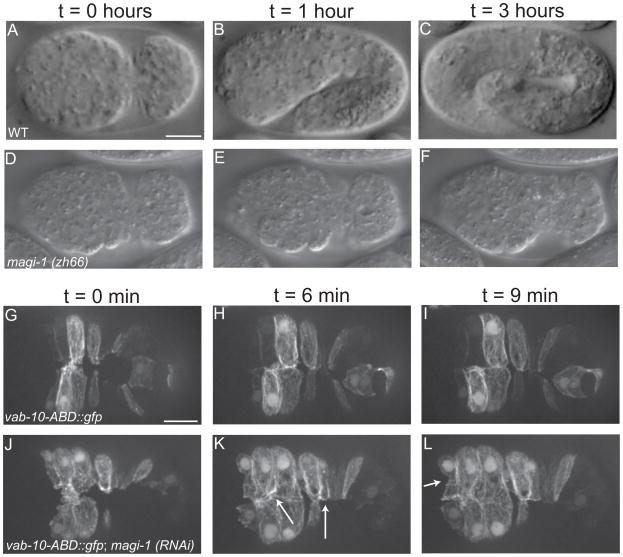Figure 2. Loss of MAGI-1 perturbs ventral enclosure of the epidermis.
(A–C) Wild-type embryos enclose (A), and elongate (B–C), eventually reaching ~4-fold their original length. (D–F) A small percentage of embryos homozygous for the null allele magi-1(zh66) initiate enclosure (D), but never finish (E–F) and die. Scale bar is 10 μm. (G–I) Wild-type embryos expressing an actin reporter during ventral enclosure. During enclosure, cells migrate ventrally, meet their opposing neighbors (G) and form junctions (H) along the ventral midline. (J–L) In magi-1(RNAi) treated embryos, cells still migrate ventrally, but the migration is not as neatly ordered (J). Cells do eventually meet and form junctions, although junctions are often oblique to the ventral midline (arrows, K) and anterior ventral cells often have an irregular shape (arrow, L). Scale bar is 10 μm.

